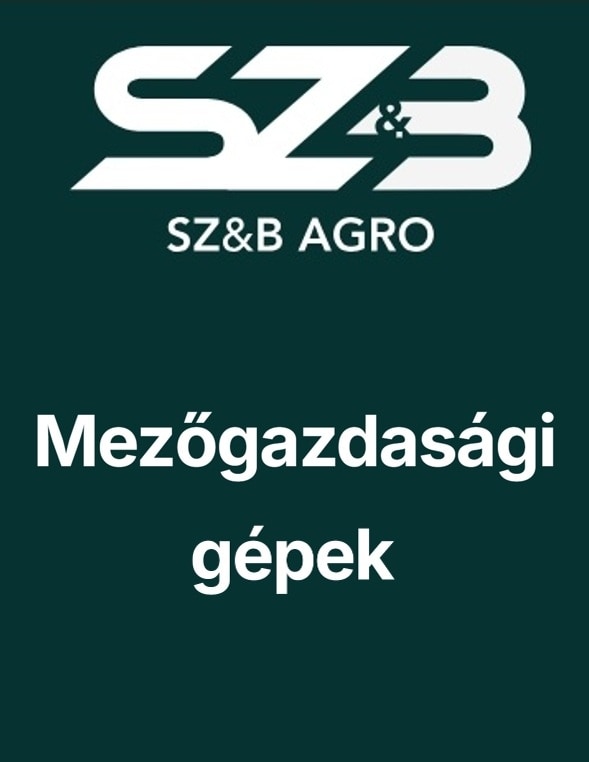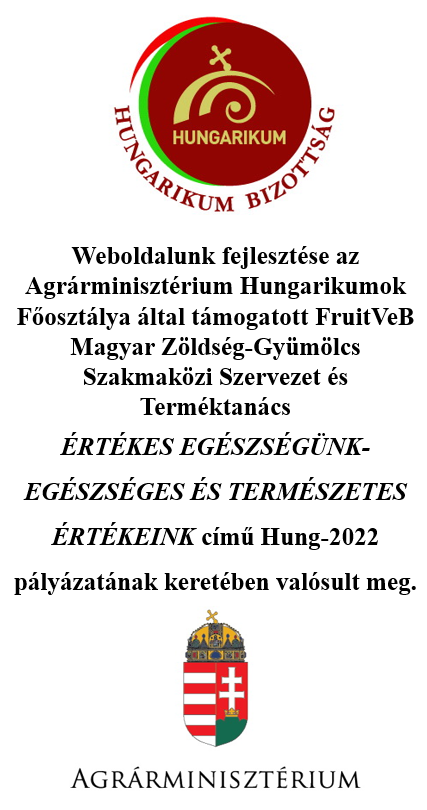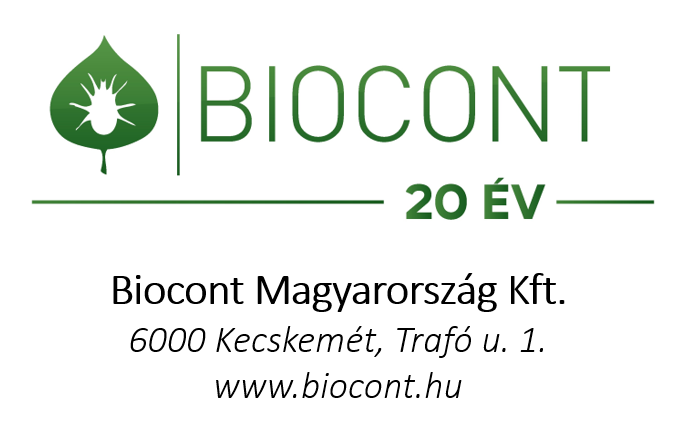Hungarian watermelon season starts with good market prospects.

A magyar dinnyetermő terület csökkenése végre megállt, az exportpiacokon pedig jobb lehetőségek rajzolódnak ki az idei szezonban.
Május 23-án Dunaharasztiban, a Nemzeti Agrárkamara Oktatóközpontjában tartották a Magyar Dinnyetermesztők Egyesületének szezonnyitó ülését, ahol az ágazat legfontosabb problémáit (elsősorban az öntözés kérdését), valamint az idény eleji termőterületre és várható termésmennyiségre vonatkozó korai prognózist tárgyalták meg az egybegyűltek. Az öntözés szabályozásának pillanatnyi helyzetéről Tasnádi Gabriella, a NAK vízgazdálkodási vezető szakértője tartott előadást, ám hangsúlyozta, hogy egyelőre rengeteg a témát körülvevő jogszabályokkal kapcsolatos bizonytalanság.
A hazai dinnyetermesztés várható idei alakulásáról Sándor László számolt be, és a korábbi évek csökkenő tendenciái után jó hírekkel szolgált mind a belföldi termőterület és várható termés, mind pedig a külpiaci igények növekedése tekintetében. A hazai termőterület 2019 óta folyamatosan tartó csökkenése (különösen a 2022-es, drasztikus visszaesést követően) visszafordulni látszik, idén a termőterület 10% körüli növekedése várható. A 2022-es 2635 hektáros görögdinnye-termőterület az idén 2870 hektárra bővül, és ennek a növekedésnek a motorja Kelet-Magyarország lesz: itt 25-30%-kal nagyobb területen termesztenek majd görögdinnyét, míg az ország többi termesztőkörzetében a tavalyi területhez képest legfeljebb pár százalékos ingadozás figyelhető meg. Az országos termőterület örvendetes, 10% körüli növekedése ellenére sem éri még el a 2021-es szintet (3500 hektár), ráadásul a jóval magasabb munkaerőigényű sárgadinnyénél területcsökkenéssel is kell számolni (a tavalyi 350 után idén körülbelül 315 hektáron foglalkoznak majd ezzel a kultúrával). Az idei trendek közül feltétlenül megemlítendő, hogy tovább csökken a megtermelt dinnyék mérete, mivel a fogyasztói igények egyértelműen ebbe az irányba mutatnak, és ez a trend már tavaly is jelentkezett: az áruházakban a folyamatosan a ládákban maradtak a nagyobb dinnyék, miközben a kisebb, 5-7 kilós árut mindig elkapkodták a vevők.
A szezon eleji, termőterületen és átlagosan elvárható hozamokon alapuló, kiinduló prognózisnak tekintendő termésbecslés szerint idén körülbelül 123-125 ezer tonna görögdinnyét és csaknem 10 ezer tonna sárgadinnyét termelnek majd Magyarországon, ami a 10 kg/fő/év körül alakuló belföldi fogyasztáson (100 ezer tonna) túl egy nagyjából 30 ezer tonna körüli export-árualapot képez. Ez már csak azért is fontos, mivel a belföldi piac gyakorlatilag telítődött a hazai áru számára, a tapasztalat azt mutatja, hogy a mostaninál több dinnyét Magyarországon nem lehet eladni (legfeljebb másmilyent, például a magnélküli dinnyék aránya tovább növekszik). Ráadásul az exportpiacokról potenciálisan megnyilvánuló kereslettel kapcsolatosan jó hírek érkeztek az európai országokból: úgy tűnik, bőven lesz hova értékesíteni a magyar termést.
Spanyolországban 2021-ben még 23 ezer hektáros termőterülettel számoltak, de idén már a 20 ezer hektárt sem érik el, ennek ellenére a nagyon korai dinnyeszegmensben jelenleg értékesítési problémákkal küzdenek. Március-áprilisban ugyanis a dinnyének kifejezetten kedvező időjárás mellett a tavalyi hozamok csaknem dupláját szedhették le a földekről, majd amikor elkezdték exportálni, beütött a hideg április végi – május eleji időszak, amelynek következtében az európai kereslet visszaesett. Ezért drasztikus árzuhanásnak lehettek tanúi a derék ibériaiak, és bizony megesett, hogy a gazdáknál 20 eurócent körül alakult az átvételi ár (hajtatott dinnyében a bekerülési költség 45 eurócent/kg körül van!), miközben a boltokban 2 euróért vásárolhatott dinnyét a lakosság. A spanyolok, akárcsak a szamóca esetében, a dinnyénél is a koraiságukból élnek meg az európai piacon, ráadásul messze is vannak tőlünk, ami azt jelenti, hogy július környékén várhatóan nem fognak beleszólni a magyar dinnyeexport alakulásába, főleg, hogy nagyon súlyos vízhiánnyal és munkaerő-problémákkal küzdenek – a termőterület csökkenése is főleg erre a két tényezőre vezethető vissza. (Az európai szempontból az egyik legfontosabb szereplőnek tekintendő Marokkót is komolyan sújtja a vízhiány, itt 30-40%-os területcsökkenésről számoltak be.)
Olaszországban körülbelül 5%-os területnövekedésről érkeztek hírek, de a mostani időszak katasztrofális, emberéleteket is követelő időjárási anomáliái miatt – helyi szakemberek szerint – a terméskiesés erősebben érinti a június 5-25-ig tartó időszakot. Megfigyelhető itt is a sárgadinnyéről görögdinnyére történő átállás (munkaerőigény), valamint az is a korábbi évek trendjeinek folytatásaként értelmezhető, hogy elsősorban hajtatott dinnyével a május-júniusi időszakra összpontosítanak.
Görögországban a termelők próbálják megőrizni a termőterületet, de a tavalyinál kevesebb a márciusi és későbbi palántázású dinnye. Bár a derék hellének a nagyobb távolság miatt a mi klasszikus exportpiacainkon kevésbé versenyképesek, a korai szegmensben mégis jó profitot érnek el (de ez megint csak nem lesz konkurenciája a júliusban érkező magyar dinnyének). A görögök kedélyeit a háromnaponta lezúduló esők borzolják, ilyen időjárást nagyon régóta nem láttak. Ráadásul őket is érinti a folyamatos árcsökkenés: az április 60-70 eurócentes átvételi ár mostanra náluk is 25-30 cent környékére esett vissza.
Ukrajnáról a háború miatt keveset tudni, de az azért nagy biztonsággal megállapítható, hogy a tavalyi drámai, 40%-ra visszaeső termőterület után az idei 30%-os meghaladó növekedés sem éri el a korábbi terület 50%-át. Pont az ország déli, Krím-félsziget feletti régióit érintette a háborús tevékenység, és hiába vitték át a termelés nyugatabbra fekvő országrészekre, ezeken a helyeken hiányzik a megfelelő szaktudás, sok esetben ritkásak az állományok. A kieső árumennyiség miatt várható, hogy az ukránok az idei évben kevesebbet, vagy akár egyáltalán nem exportálnak majd Lengyelországba.
Romániában idén 10-15%-kal csökkent a termőterület, az ottani termesztőknek elsősorban a görög importtal kell megküzdeniük. A hűvös, esős időjárás miatt körülbelül 10 nappal tart hátrébb a szezon a szokásosnál.
Makedóniában a tavalyi, elképesztően alacsony árak (akár 4-5 eurócent/kg!!!) után érthető módon területcsökkenés várható, Szerbiában ennek mértéke akár a 30-40%-ot is elérheti. Albániában már szedik a fóliasátras dinnyét 80 cent/kg körüli áron, itt június elején indulnak majd a fóliaalagutak, de későbbi érésű állományaik is vannak, egészen szeptemberig.
Összefoglalva elmondható, hogy a magyar termőterület előző években tapasztalható zsugorodása megállt, és 10% körüli növekedés várható (kivéve a sárgadinnyét). Amennyire jelenleg látható, exportpiaci szempontból ez a lehető legjobbkor történt, mivel a környező országokban mindenhol 10-15% közötti, vagy akár még jelentősebb visszaesés figyelhető meg, ezért nem túlzás egyrészt azt állítani, hogy a magyar termésű dinnye a hazai igényeket biztosan fedezni fogja, másrészt pedig régóta nem kezdődött ilyen pozitív exportkilátásokkal a szezon.
Magyar Dinnyetermelők Egyesülete – FruitVeB

The decline in the Hungarian melon production area has finally come to a halt, and export markets are looking very promising this season.
The season opening meeting of the Hungarian Melon Growers’ Association was held on 23 May in Dunaharaszti, at the Education Centre of the National Chamber of Agriculture, where the most important problems of the sector (mainly irrigation) and the early forecast of the production area and expected yield were discussed. Gabriella Tasnádi, NAK’s senior expert on water management, gave a presentation on the current situation of irrigation regulation, but stressed that there is still a lot of uncertainty surrounding the final legislation.
László Sándor reported on the expected area and quantity of melon production in Hungary this year and, after declining trends in previous years, gave good news both in terms of domestic production area and expected yields, and in terms of increasing demand on the external market. The steady decline in the domestic area since 2019 (especially after the drastic fall in 2022) seems to be reversing, with an increase of around 10% in area expected this year. The 2,635 hectares of watermelon area in 2022 will increase to 2,870 hectares this year, and the driver of this growth will be the region of Eastern Hungary, where watermelon production will increase by 25-30%, while the rest of the country’s main producing regions will see at most a few percent fluctuation compared to last year. Despite a welcome increase of around 10%, the national area under production will not even reach the 2021 level (3,500 hectares), and the area under muskmelon, which requires much more labour, will also decrease (from the 350 hectares last year to around 315 hectares this year). Among the trends of 2023, it is worth noting that the size of melons produced is continuing to decrease, as consumer demand is clearly pointing in that direction, a trend that was already evident last year: larger melons were always left in the crates in supermarkets, while smaller (5-7 kg) melons were always quickly snapped up by customers.
The early season crop estimate, which is based on the area under production and average expected yields, therefore considered to be a baseline forecast, suggests that this year Hungary will produce around 123-125 thousand tonnes of watermelons and almost 10 thousand tonnes of muskmelons, which, in addition to domestic consumption of around 10 kg/person/year (100 thousand tonnes), will form an export volume of around 30 thousand tonnes. This is important, since the domestic market is practically saturated for the domestic product, and experience shows that it is not possible to sell more melons in Hungary than at present (at most, the proportion of seedless melons, for example, continues to increase). Moreover, good news has come from European countries about the potential demand from export markets: there seems to be plenty of places to sell the Hungarian crop.
In Spain, 23,000 hectares were expected to be planted in 2022, but this year they will fall short of 20,000 hectares. There were some marketing problems in the very early melon segment. In March and April, the weather was particularly favourable for melons, with almost doubling the last year’s yields, and then, when they started to be exported, the cold weather of late April and early May set in, leading to a drop in demand in Europe. This led to a drastic fall in prices, with the farmgate price of melons dropping to around 20 euro cents (the cost of get-even in melons is around 45 euro cents/kg!), while the public could buy melons in shops for 2 euro/kg. The Spanish, as with strawberries, are leveraging on their earliness on the European market, and are far away from us, which means that they are unlikely to have any influence on Hungarian melon exports around July, especially as they are facing very serious water shortages and labour problems – the reduction in production area is mainly due to these two factors. (Morocco, which is considered one of the most important players in Europe, is also seriously affected by water shortages, with a 30-40% reduction in area reported.)
In Italy, an increase of around 5% has been reported, but the recent catastrophic weather anomalies, which have claimed many lives, mean that, according to local experts, the loss of production is more severe in the period 5-25 June. There is also a shift from melons to watermelons (labour demand) and a continuation of the trend of previous years to concentrate mainly on the May-June period with melons under cover.
In Greece, growers are trying to conserve acreage, but there are fewer March and later planted melons than last year. Although the Greeks are less competitive in our classic export markets due to the greater distance, they are still making good profits in the early segment (but again, this will not compete with Hungarian melons arriving in July). The Greeks are in a bad mood with rains every three days, the worst weather they have seen for a very long time. In addition, they are also affected by the steady fall in prices: the April price of 60-70 euro cents has now fallen to around 25-30 cents.
Little is known about Ukraine because of the war, but it is safe to say that after last year’s dramatic drop in production to 40%, this year’s increase of over 30% is less than 50% of the previous production area. It is precisely the southern regions of the country, above the Crimea, that have been affected most violently by the war, and although production has been moved to the western parts of the country, there is a lack of expertise. Due to the shortfall in volumes, Ukrainians are expected to export less to Poland this year, if at all.
In Romania, the area under cultivation has fallen by 10-15% this year, with growers there having to compete mainly with Greek imports. Cool, rainy weather has delayed the season by about 10 days.
In Macedonia, after last year’s incredibly low prices (up to 4-5 euro cents/kg!!!), we can understandably expect a reduction in area, in Serbia this can be around 20-25%. In Albania, melons are already being harvested in foil tents at around 80 cents/kg, with foil tunnels starting in early June, but Albanians also have later ripening stocks, until September.
In summary, the shrinkage of the Hungarian production area seen in previous years has stopped and an increase of around 10% is expected (except for muskmelons). As far as can be seen at the moment, this is the best possible time from the aspect of export possibilities, as almost all of the neighbouring countries are seeing a 10-15% or even more significant decline. So, it is not an exaggeration to say that Hungarian melons will certainly meet domestic demand and that the season has not started with such positive export prospects for a long time.
Association of Hungarian Melon Growers – FruitVeB
Kapcsolódó cikkek:
Hétvégétől elérhető a magyar dinnye
Olaszország: megérkezett a hőség, nekilendült a görögdinnye piaca
Görögország: kedvezőtlen időjárás nehezíti a dinnyetermesztők helyzetét
Törökország: Adana körzetében megkezdődött a görögdinnye betakarítása
Spanyolország: aszály és területcsökkenés jellemzi az idei dinnyeszezont
Spanyolország: átcímkézett görögdinnye borzolja a kedélyeket










